As well as the needless vandalism that saw the felling of the Sycamore Gap tree near Hadrian’s Wall in Northumberland this week, I read that an old yew tree has come down not far from Senlac Hill, the location of The Battle of Hastings. Nobody yet knows the reason it fell. The tree was thought to have predated the Norman invasion of October 1066, making it well over 1,000 years old. Just think what this most ancient of living things must have witnessed, how many people sheltered under its canopy, how many children climbed its branches. When I was growing up, my garden had a beautiful old yew tree that sat majestically in a small piece of woodland that had narrowly escaped the encroaching developers. My brothers constructed death-defying pulleys from their dens in its upper levels, using a large bucket to haul each other up, and make alarmingly fast descents. I liked to sit near the top, hidden from the world but in touch with the elements. However loud you shouted against the roaring wind, nobody beneath could hear. The tree is still there. My parents, worried about what was happening around them, and slapped a preservation order on it before they moved on. But when I pass now it looks lonely as it battles the greedy eyes of those who would like the land on which it stands.
In truth, I do have a bit of a soft spot for the yew tree. And therefore on a bright, sunny day this week I made a pilgrimage in its honour. I wanted to pay homage to this age-old tree. And I knew just the place to go.
The Oxford Botanic Garden (started as the Oxford Physic Garden and the UK’s oldest) was established just outside the East Gate of the city walls in 1621 to teach students about medicinal plants. Although the walls and layout haven’t changed much since then, there’s only one tree, an English yew tree, Taxus baccata, that still remains from its early collection. It was planted in 1645 during the civil war, just a few years before Charles 1 had his head chopped off. It’s often hard to date yew trees, as many took root before these things were recorded. But we know the day this was planted for sure, as it was catalogued by the first Keeper of the garden, Jacob Bobart. Bobart was an eccentric man, often seen out with two two pet goats on leads, walking between his two pubs, The Greyhound on Longwall Street and The Angel on the High Street. On special occasions he was known to weave jewellery into his long flowing beard. He also loved his topiary and planted lines of yew trees and hedges to give shape and boundaries to his walled garden. These he cut into a series of fanciful designs including birds, soldiers, even armed giants, as was the fashion of the day.
Only one of these trees remains. And you might well miss it, as it stands unobtrusively beside its more flamboyant neighbours, a white mulberry tree and a Sichuan Pepper. In February 2020 it was badly damaged by Storm Ciara, losing a third of its crown so it’s certainly not as big as I was expecting. But it looks healthy enough, its branches shooting in all directions and a bed of pink autumn cyclamen sprouting round its feet. A gardener tending the rockery nearby tells me it will make a full recovery, as one of the secrets of the yew tree’s longevity is its ability to renew. The evergreen not only is extremely resistant to disease, it also sends branches deep into the ground that then turn back as shoots, regenerating the tree. Besides, it is still youthful, a mere stripling compared to others of the species. Yews have lifespans of up to 3,000 years. In fact it must live to be at least 900 years before it can be considered ancient. In order to see one like that, I am told by the gardener, I must head to St Mary’s Church in Iffley. That’s where I’ll find Oxford’s oldest tree.
You can cycle all the way from Oxford to Iffley along the river, whose banks at this time of year are high with Himalayan balsam, and meadowsweet. It may be just under two miles from Carfax tower, but I fancy I am off on a trip to the country. For though Iffley now forms part of the city’s suburban sprawl, it still calls itself a village and its pretty cottages and local shop make it feel that way. Across the water at Iffley lock and up the hill and you find yourself in the churchyard of the Romanesque church of St Mary the Virgin. It has six yew trees in its grounds, but there is no mistaking the one I have come to see. It’s a giant amongst its kind, its top dwarfing the tower, its massive branches reaching wide, and then bending over to hide ivy-clad monuments and gravestones, its inner shelter dappled in sunlight. There you can see that the trunk is hollow, its bark rust red, furrowed and covered with large knots and nodules. But there is still a vigorous growth of evergreen needle like leaves that are laden with berries.
The Yew tree is a common sight in British graveyards. This one is thought to be over 1600 years old, so more than double the age of St Marys, which was built around 1170. The church was almost certainly erected on the site of pre-Christian worshippers, (druids considered the evergreen sacred) and there are references to pagan imagery on the building’s southern doorway in the form of carvings of centaurs, beak heads and the green man. You can see why the yew tree was adopted by the Church, its association with resurrection and long life so embedded within the community. Other symbolism followed, the heartwood of the yew being red and the sapwood white, representing the blood and body of Christ.
But there are more practical reasons for its inclusion as well.
The yew’s poisonous berries prevented people grazing their livestock on church land. Remember Macbeth’s witches who brew ‘slips of yew silvered in the moon’s eclipse.’ Often planted alongside victims of plague, the tree’s roots were believed to purify and protect the dead. And its strong, flexible wood was perfect for making longbows, a stalwart of medieval weaponry with the ability to hit the mark over 250 metres away. After 1252 it was mandatory for everyone to engage in archery practice, so great was the need for bowmen during that time. Wide areas of land called ‘butts’ were created to do so, remembered now only in street and place names.
It is awe inspiring to think that the magnificent tree here ‘must have been full-grown long before the first Oxford spire was raised in the vale below’. So reads an entry in Chambers Journal written in 1892. Trees are essential to our existence and the source of the oxygen we breathe. But the Journal also reflects on its power to inspire an imaginative response. Here it is described as ‘an ancient tree, whose furrowed half -prostrate trunk seems ‘weary worn with care’, and as we stand beside its bending form, a feeling of sympathy, akin to that which we extend to a fellow human being stooping low with a load of years, rises within us.’ Hurrah to that, and here’s to another thousand years.
William Wordsworth wrote a poem called ‘Yew-Trees’. I reproduce here some of its lines.
There is a Yew-tree, pride of Lorton Vale
Which to this day stands single, in the midst
Of its own darkness, as it stood of yore:
….This solitary Tree! – a living thing
Produced too slowly ever to decay;
Of form and aspect too magnificent
To be destroyed.
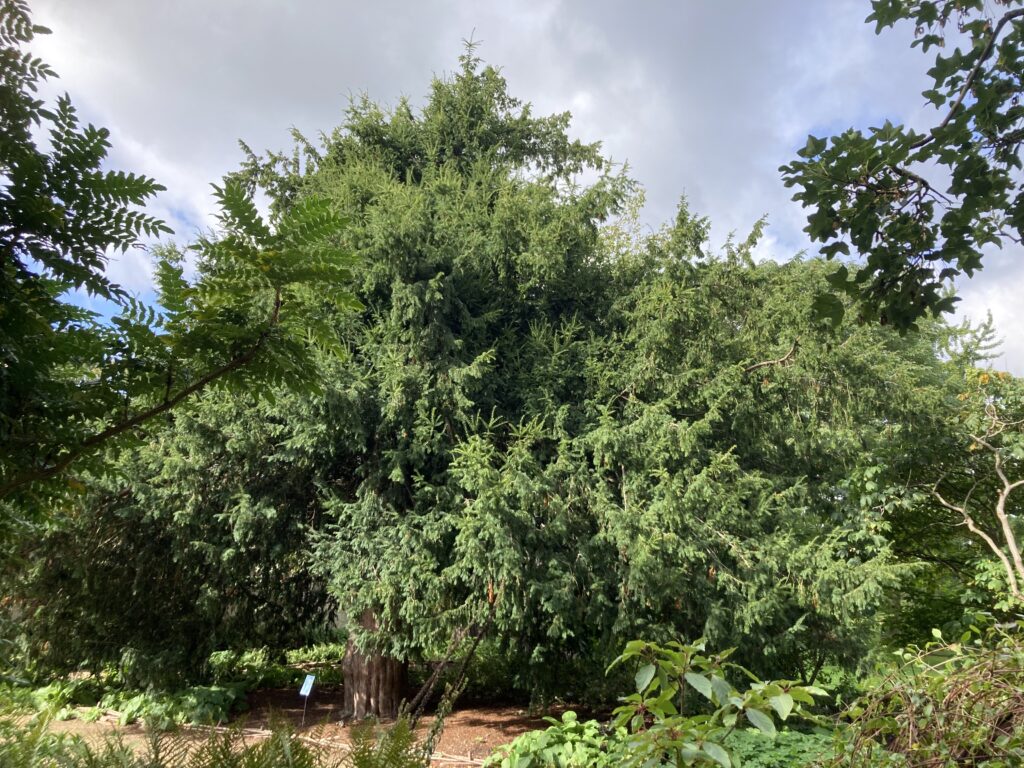
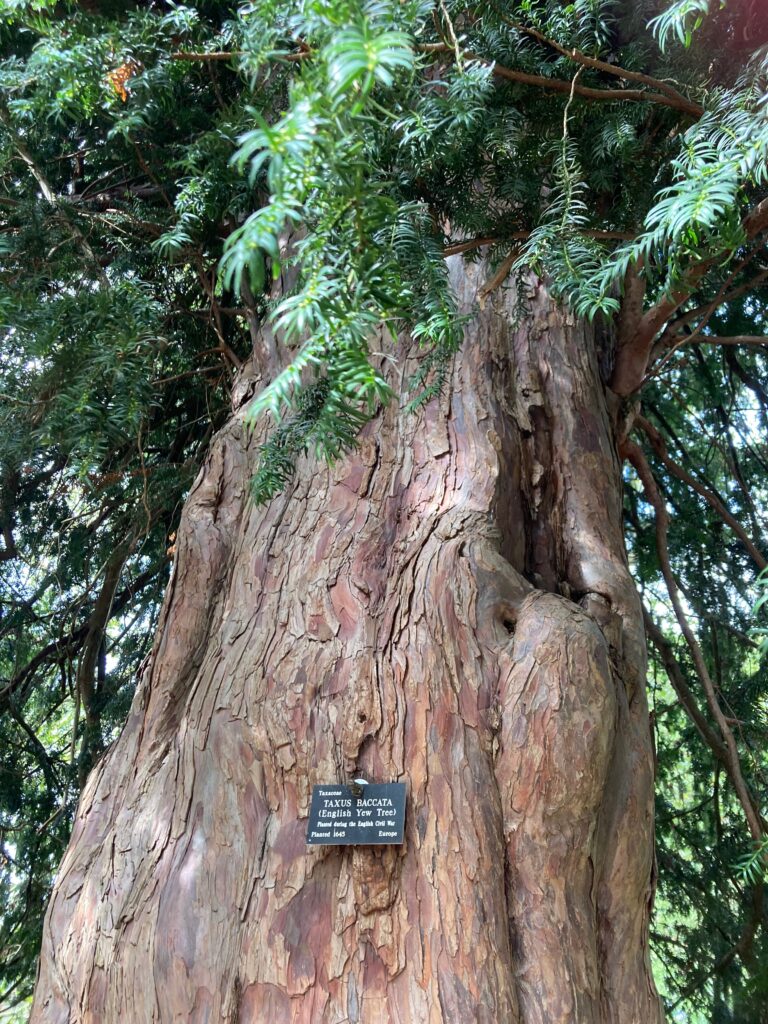
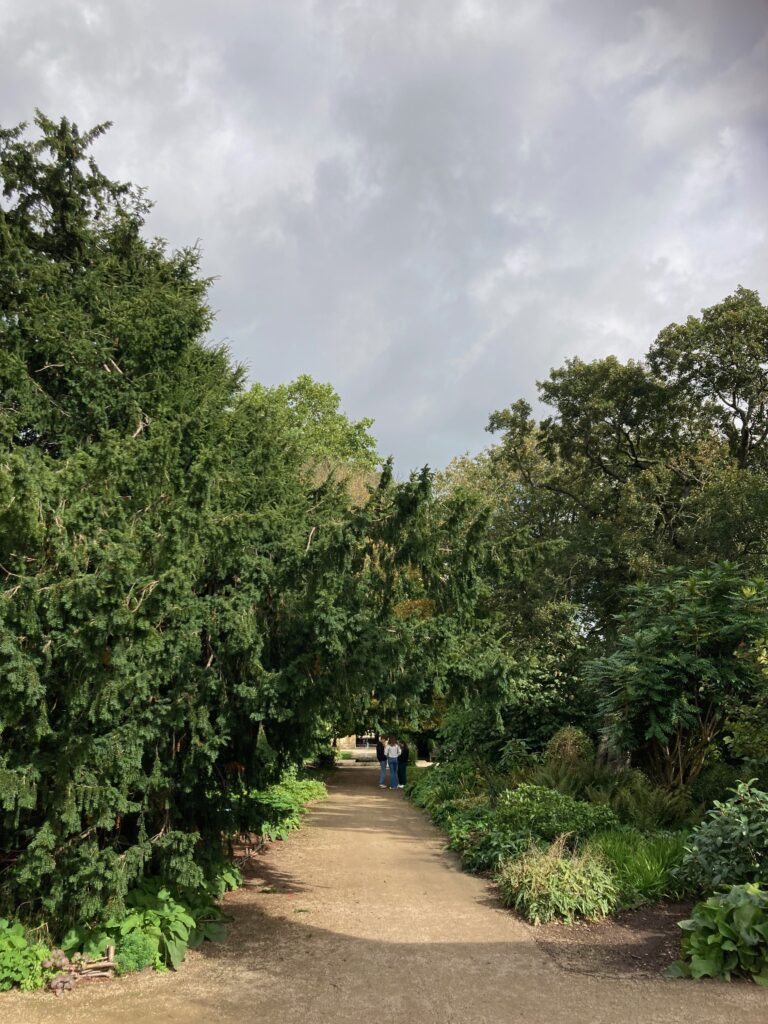
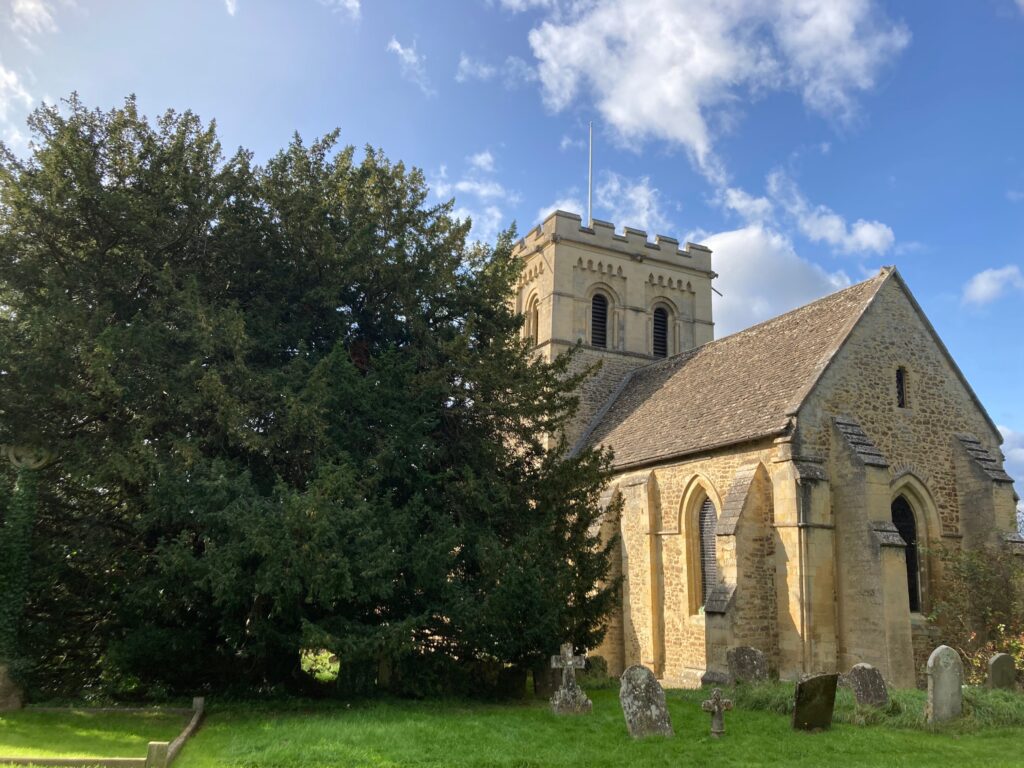
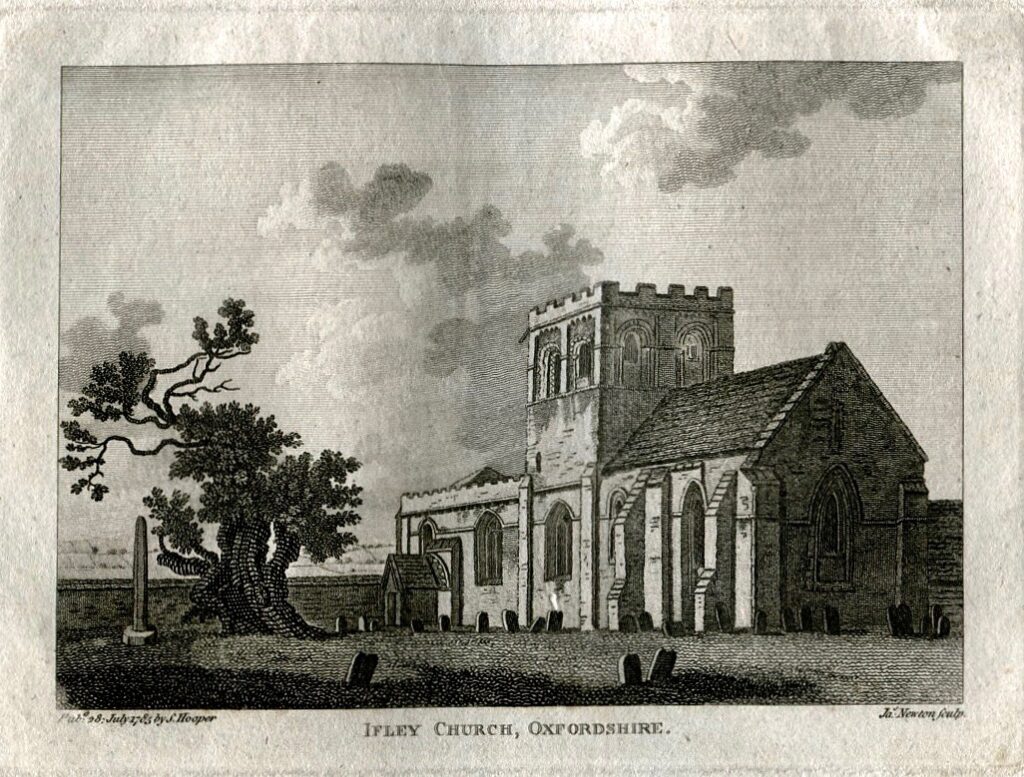
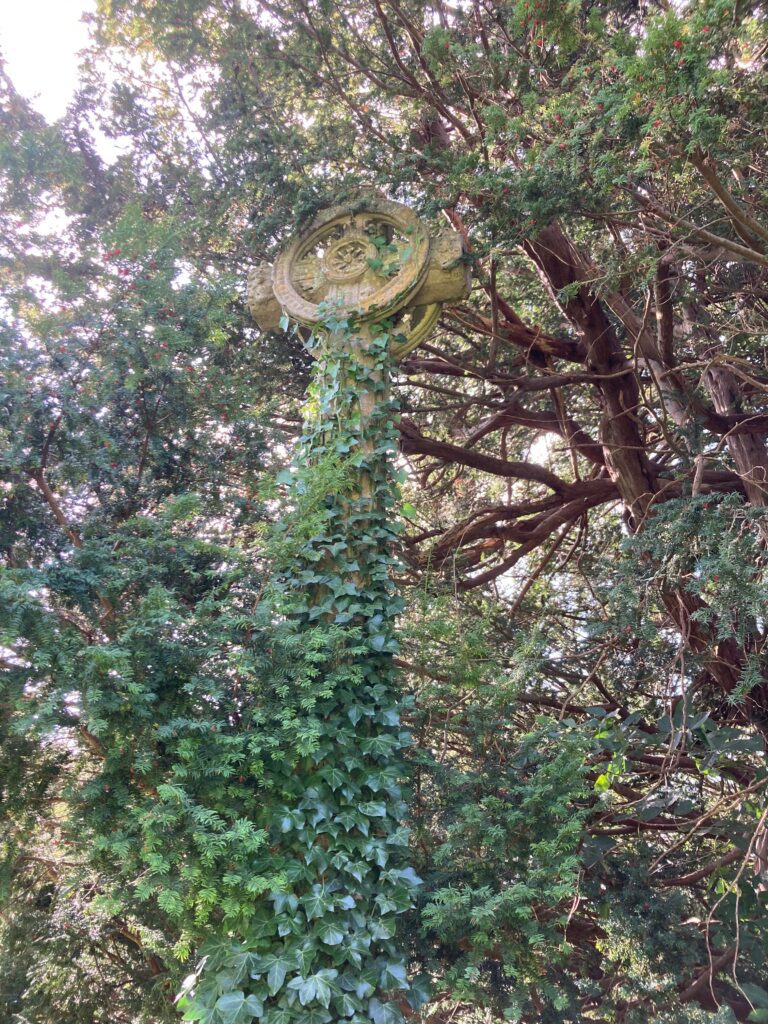
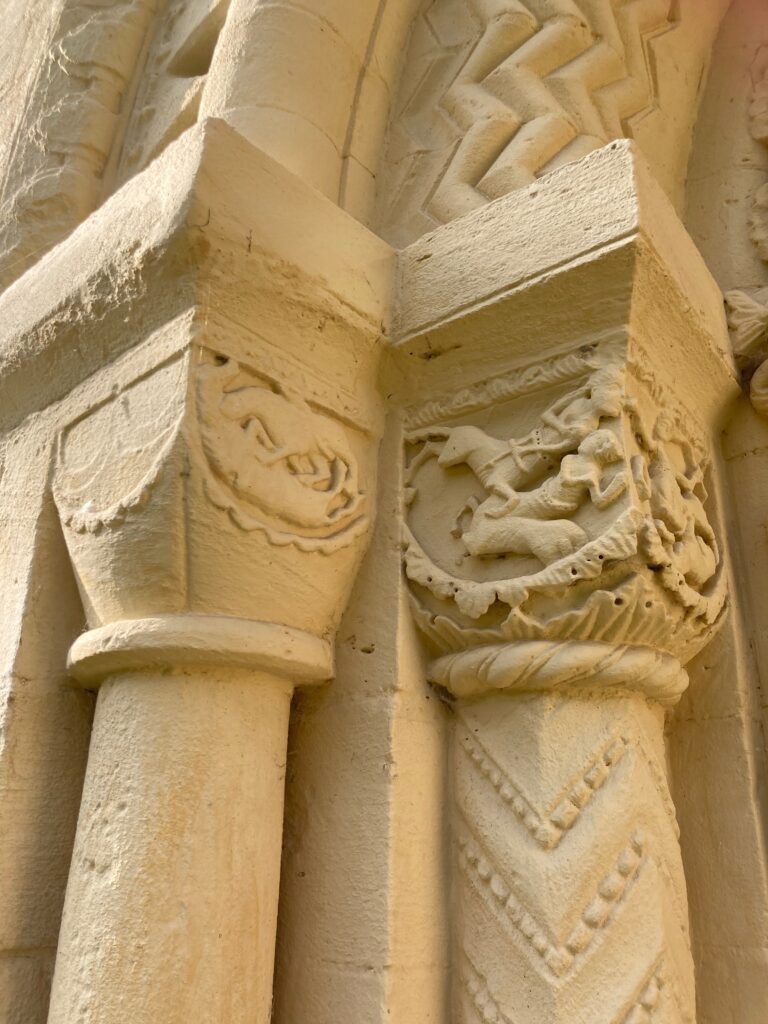

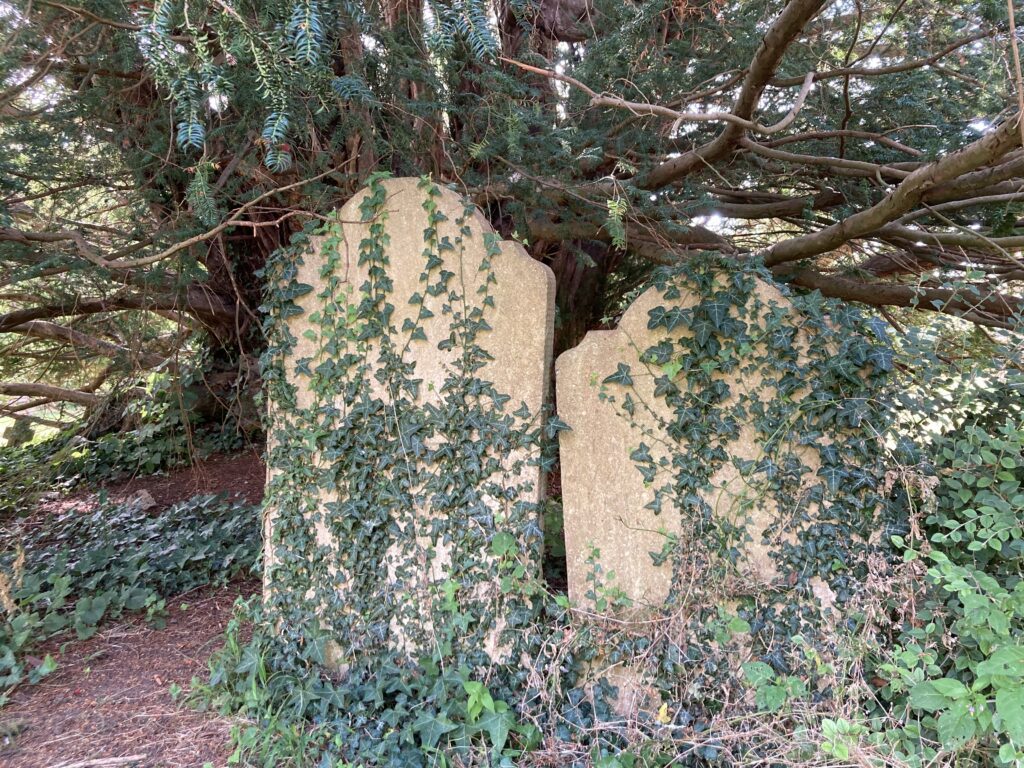
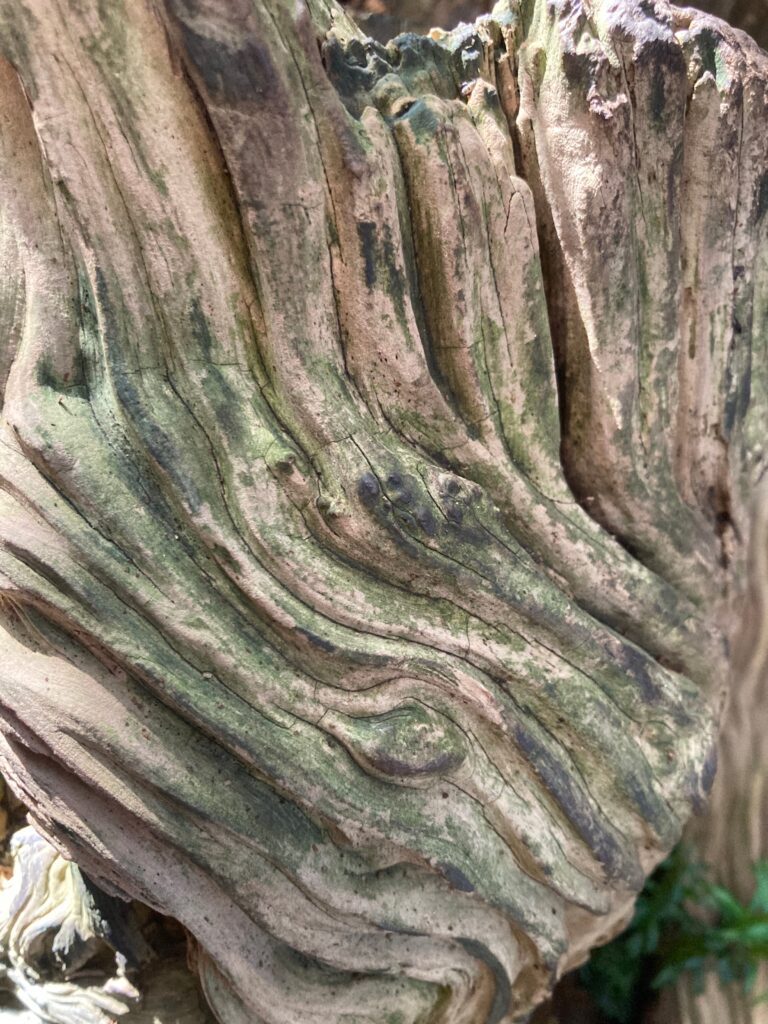
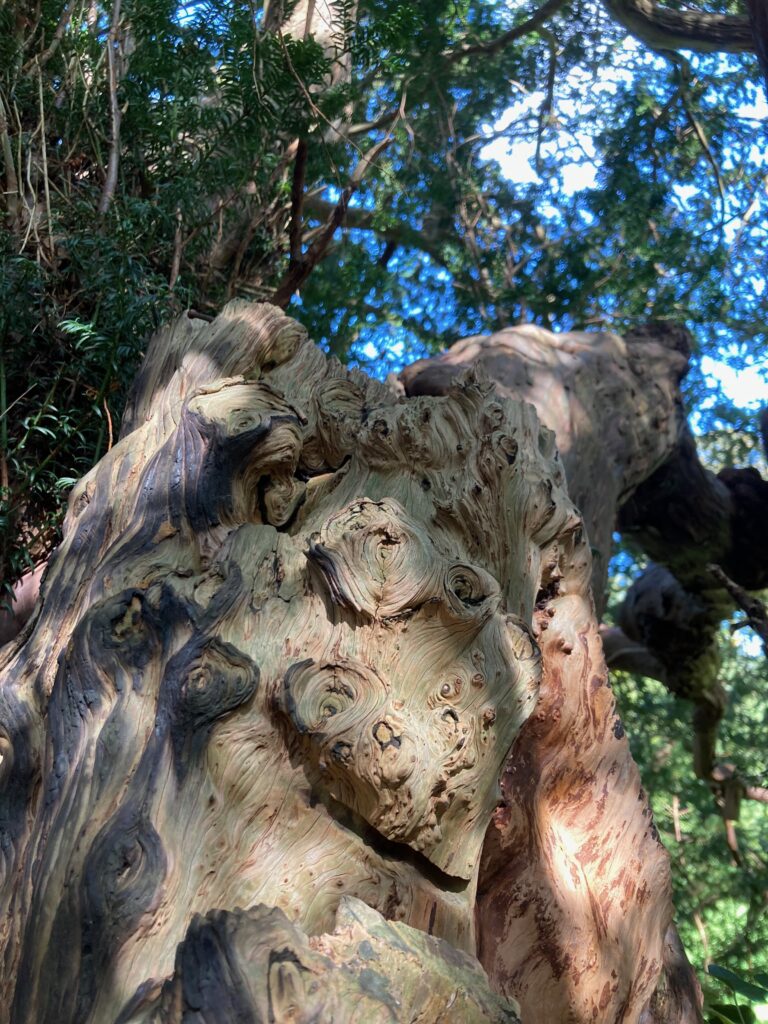
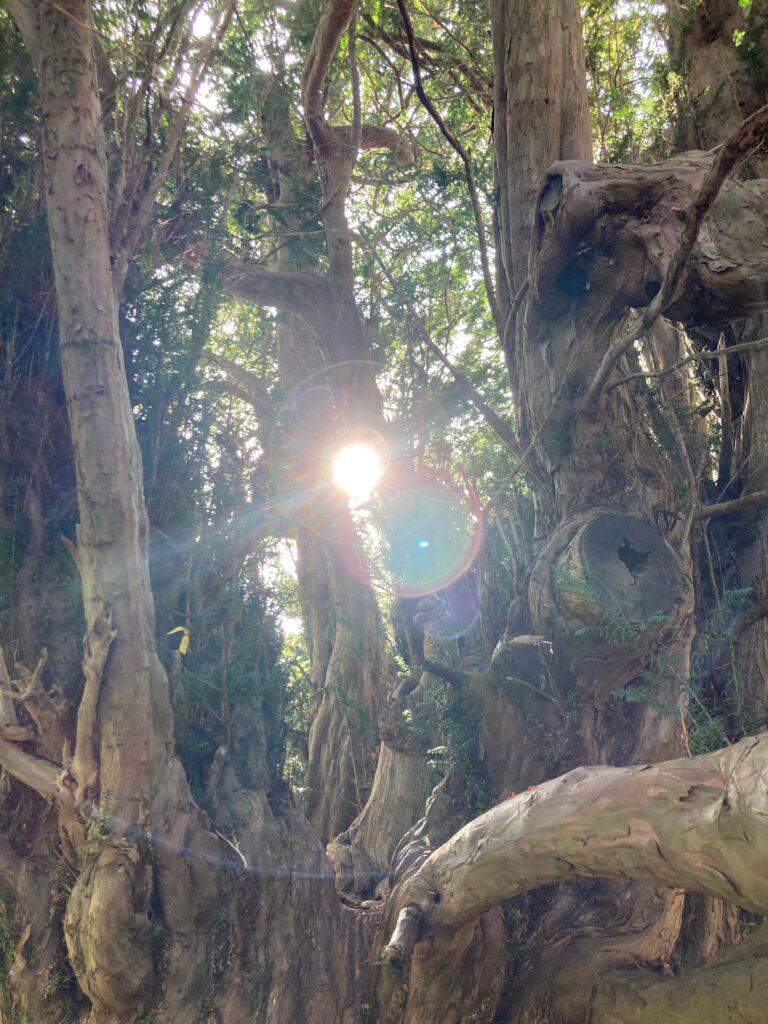
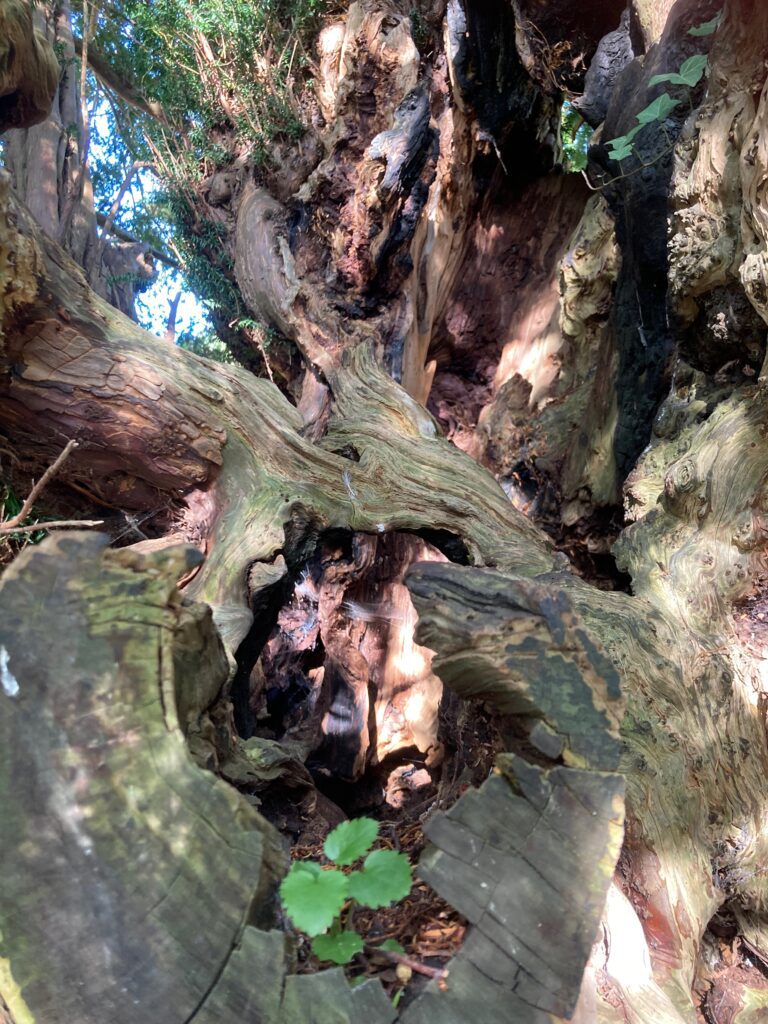
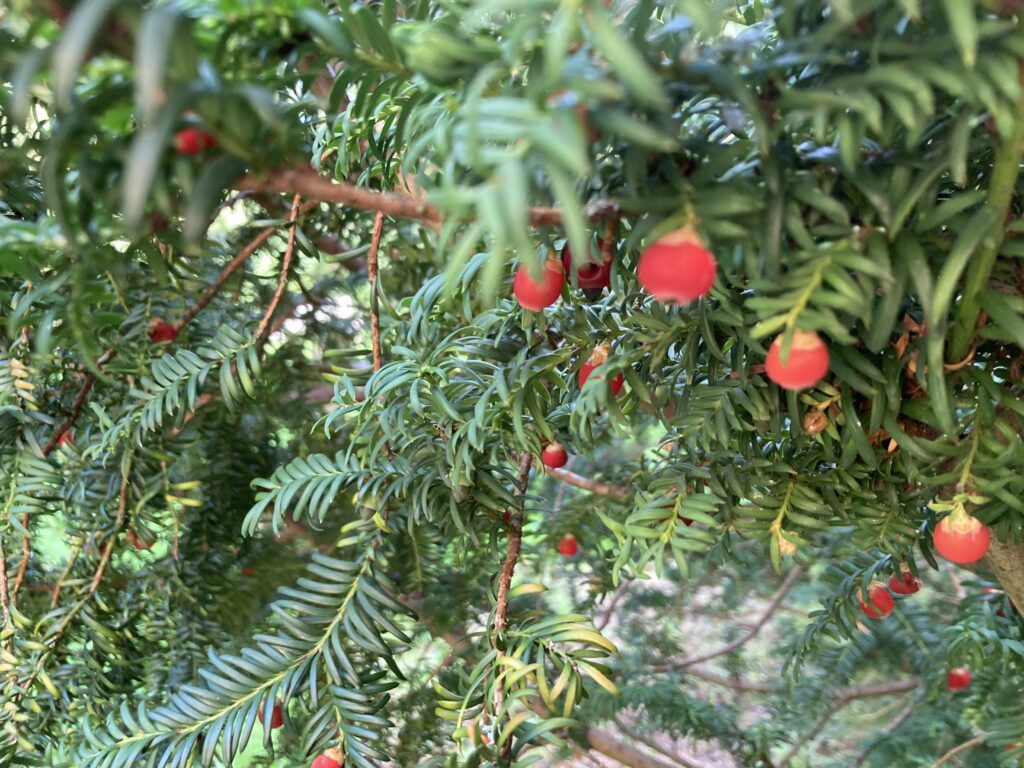
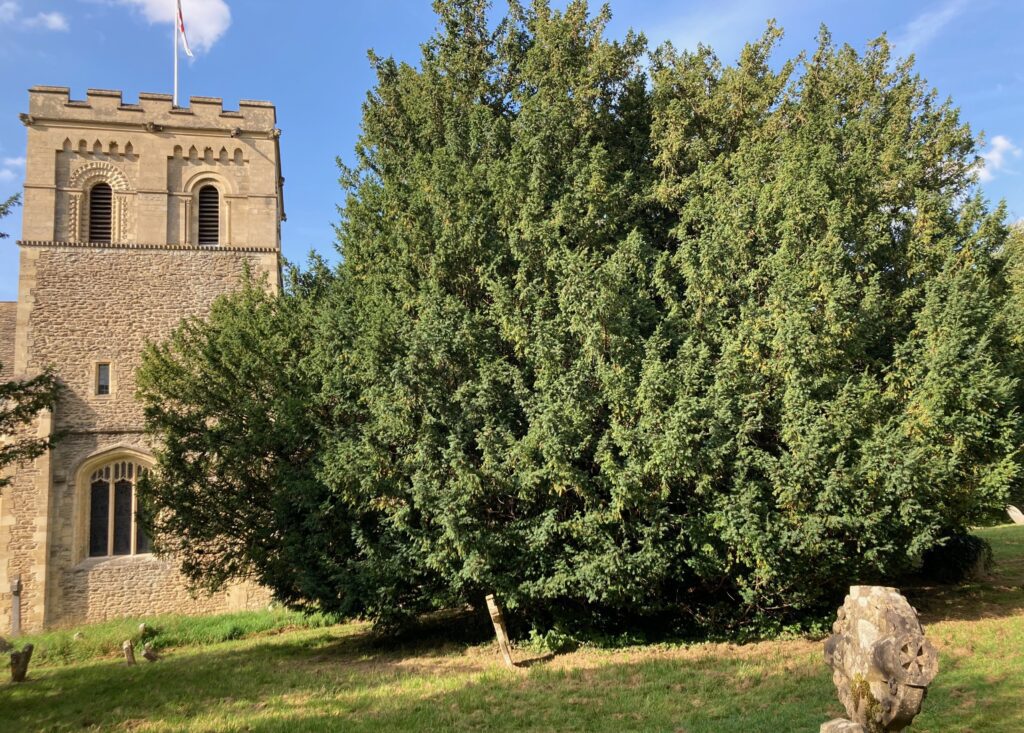
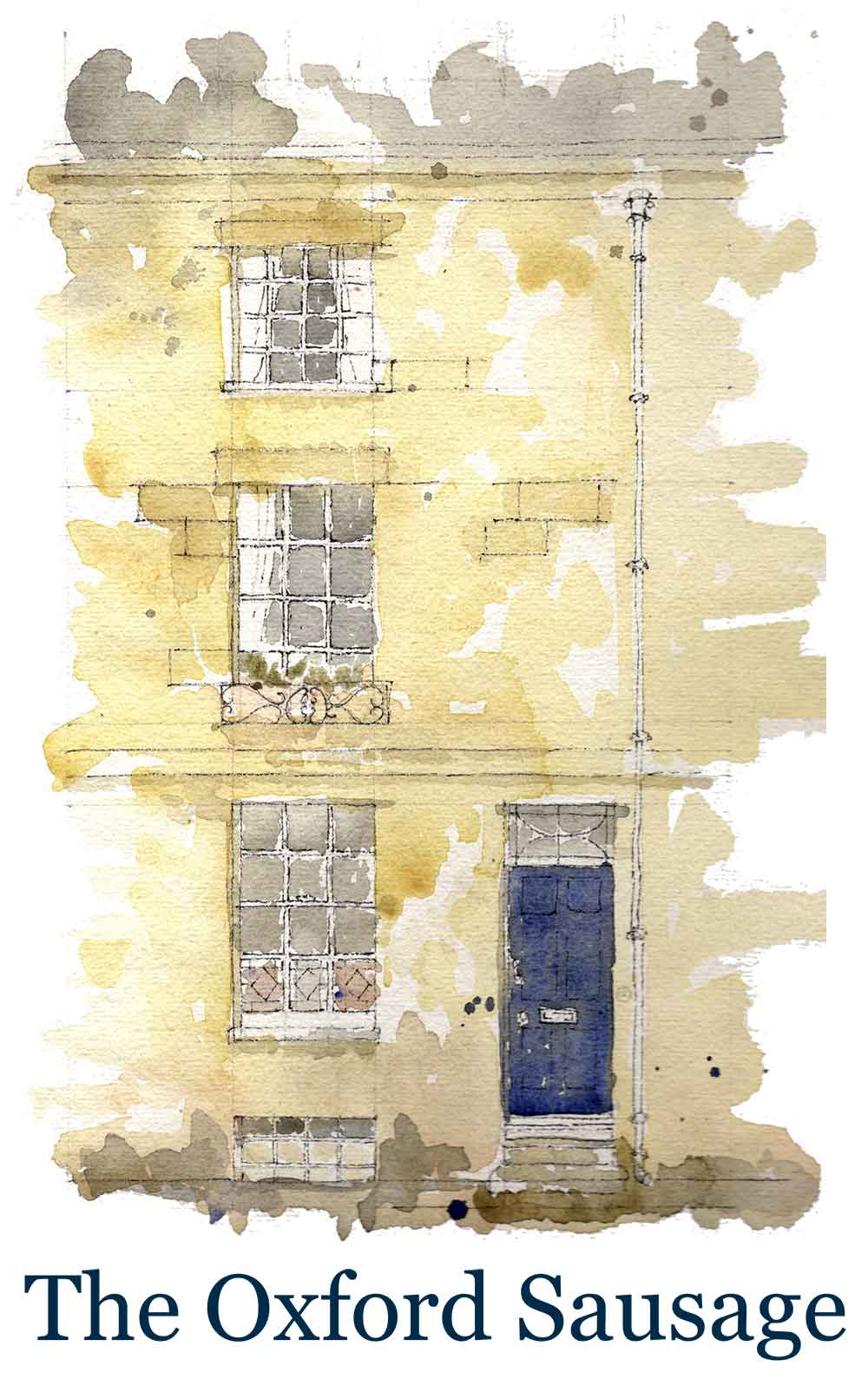
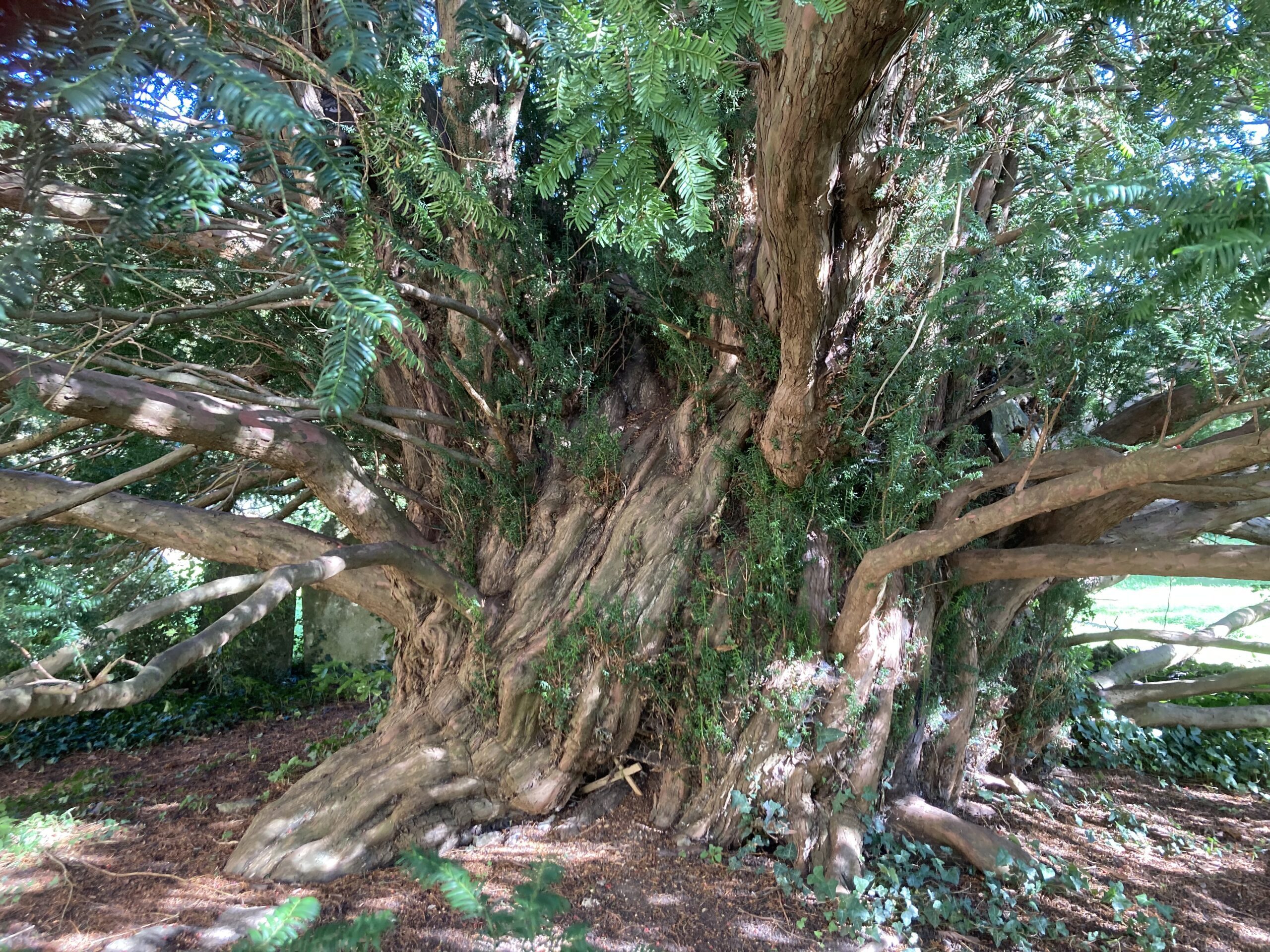
9 Comments
Join the discussion and tell us your opinion.
I love this post thank you Arabella. The Life of trees and their history is so humbling. Must plant more of them.
A wonderful read and inspiration – Thankyou Arabella
Many thanks for the outing. Enjoyable description and beautiful images.
Just behind where you took one of the St Mary the Virgin photographs is where our daughter Alex is buried. The churchyard and yew are very precious to us. Alex was the smallest of the quadruplets, we and the other 3 visit there most years around 29 Jan. Thank you for this Arabella, it’s good to keep these thoughts alive.
Ben Jonson’s words on preciousness, (and trees and longevity):
The Noble Nature
It is not growing like a tree, in bulk, doth make Man better be; or standing long an oak three hundred year, to fall a log at last, dry, bald, and sere;
A lily of a day, is fairer in May, although it fall and die that night- It was the plant and flower of Light. In small proportions we just beauties see: and in short measures life may perfect be.
Beautifully written and my favourite Oxford sausage so far. Thank yew !
What a byewtiful article! Sorry, just could not resist. See Emily added to the pun-fun. xxx Gina
In your first photo of Iffley Church you can see the trace of a blocked arch below the sunlit window. This was where Annora, an anchoress, lived in a temporary cell 800 years ago. The Iffley yew was then half its present age, already a mighty ancient tree. Your powerful article and beautiful photos give an intimate glimpse into the close relationship Annora must have had with the tree during her six or so years of solitude.
Do take a look at the website for Living Stones, Iffley Church’s heritage and educational arm, https://livingstonesiffley.org.uk/
Thank you. I certainly will.
Thank you. I certainly will.
After visiting I was very moved by the story of Annora. And I wrote about her in a later blog.
You can find it Annora, anchoress.